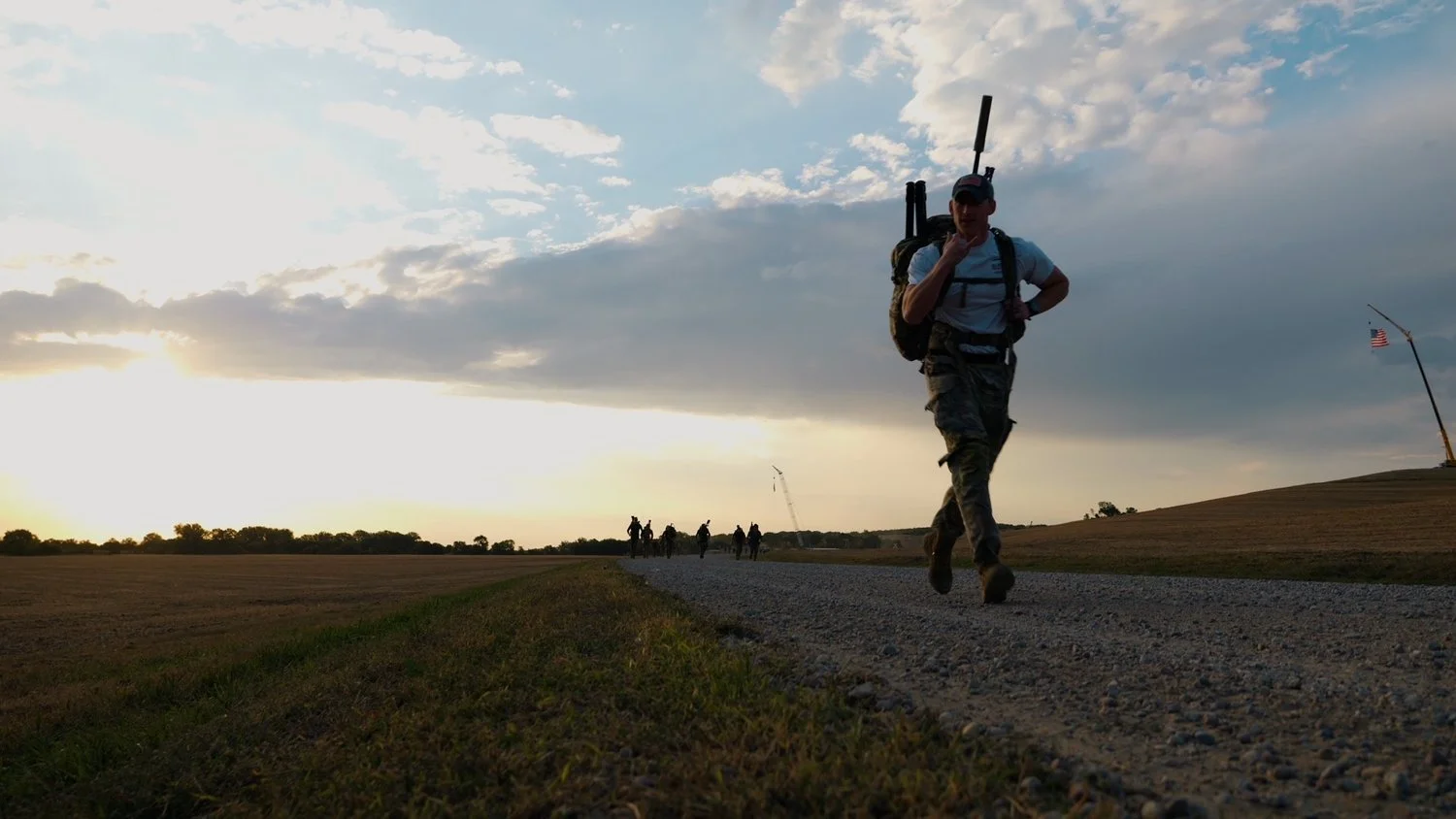Saturday’s Stages
High Angle Dangle
If you’re afraid of heights, this might not be the one to watch! Teams will engage a series of targets from our high-angle tower — you’ll be right up there with them while they search and destroy out to 1,000 m. What makes this hard? Math and ballistics at extreme angles. Hope they know their stuff.
Stand and Deliver
The sniper will have two minutes to apply a tourniquet to his spotter’s leg, drag him 25 m to cover, and then shoot a 1″ target at 100 m with three standing shots. The spotter will be on the ground engaging a pistol target at 25 m. Our judges will bring out micrometers, measure the groups, compare them to other teams, and score accordingly. Hope you’re steady!
Bound and Gagged
Teams will bound forward (or back — TBD) from one piece of cover to another, engaging steel targets along the way. They may not talk to each other and will be in separate lanes, so basic soldier skills are a must. There are a few other cool surprises at this stage. Time allotment: TBD.
Red Rocket
Again — probably not great if you’re afraid of heights. You can watch from above or below (escorted), but the best seats are on the 75′ red “sky deck” that juts out from the side of a bluff. It’s a sight to see. Teams will start below, apply medical treatment to a fallen soldier, then climb a very steep 75′ embankment. At the top they don’t get to rest — they must engage pistol targets before traversing the sky deck, haul their injured soldier to safety, and then engage a series of steel targets with precision rifles. Sounds easy, right? They have 10 minutes — and the sky deck doesn’t hold still.
Hit It From the Side
If teams haven’t been worked hard enough already, this one will finish them off. Teams have 7 minutes to complete a series of obstacles before engaging targets directly in front of them and off to the side. This requires clear communication, controlled movement through non-permissive areas, and strict weapons discipline while delivering fast, effective fire. The spectator area is right in the mix — if you want to see guys literally crawling under you, check it out.
Naked Eyes
With only their eyes, teams must estimate distances to targets and then engage with extreme accuracy. This stage is worth points, so mistakes will be obvious — and costly. Teams will have two minutes to find and engage the targets. Good luck.
Sneaky Snek
Target detection is a core sniper skill: not only finding threats but spotting enemy snipers operating against our forces. We train to recognize anomalies that make a threat stand out from its surroundings. For this stage, teams have 10 minutes to find 10 hidden targets we camouflaged for fun. During that time they must also range and engage the targets to score points. We’ll have spotting scopes available for spectators to try to find as many as they can — come test your skills.
The Stranger
Worst-case scenario: your rifle doesn’t work or you don’t have one, and you must be effective with whatever is available — possibly a weapon you’ve never fired before. Teams will have 5 minutes to load foreign weapons, locate targets, and engage them, making corrections for second-round hits if their first shots aren’t great.
Hit It N Quit It
Both team members work together to engage five targets that pop up on a timer and then retract. The varying distances and directions will challenge even the best shooters. One team member will likely be more tired than the other after fireman-carrying their buddy up a fun little hill we found. Oops.
Shoot Your Shot
In the sniper world you must know how to send a bullet through a narrow opening between you and your threat — sometimes called “object avoidance.” This stage will test that skill. Instead of cardboard, we’re using concrete, so mistakes are obvious and realistic. Expect heavy point penalties if you don’t have the skill. Time limit: 3 minutes. Should be a good one.
Spectator Helicopter Rides
Saturday, 1:00–4:00 PM (approx.; weather dependent)
This is probably the only chance you’ll have to fly in a Little Bird. If you haven’t seen one, look them up — special operations use them because they’re agile and reasonably quiet. They’re the kind of helicopter used in historic special-ops missions. Our pilots will offer whatever experience you want: a roller-coaster skim over the river, or a peaceful scenic flight over the bluffs. The helicopter is expensive to bring in; donations help offset the cost.
Single person: $200
Two people: $250
Three people: $300

